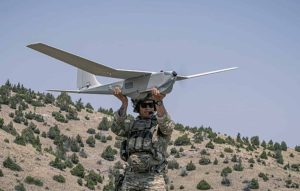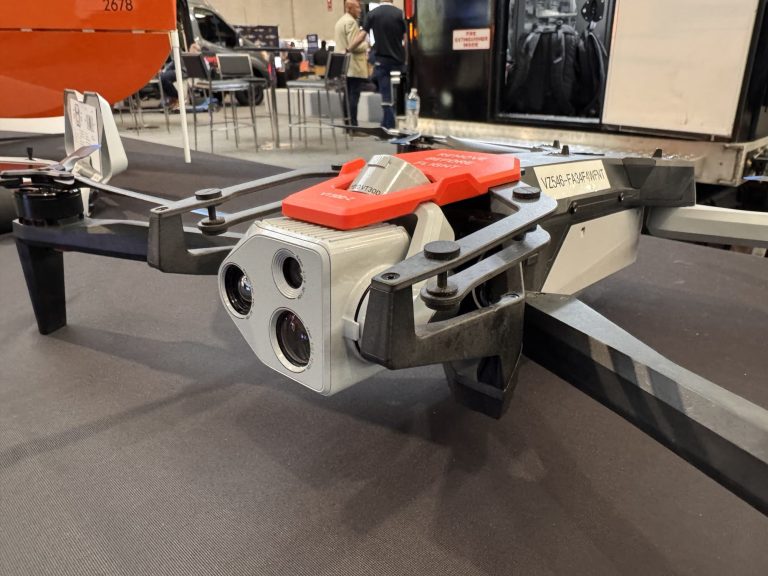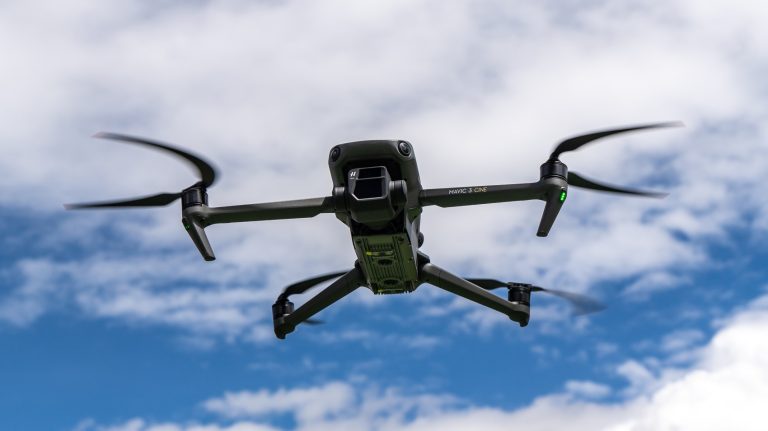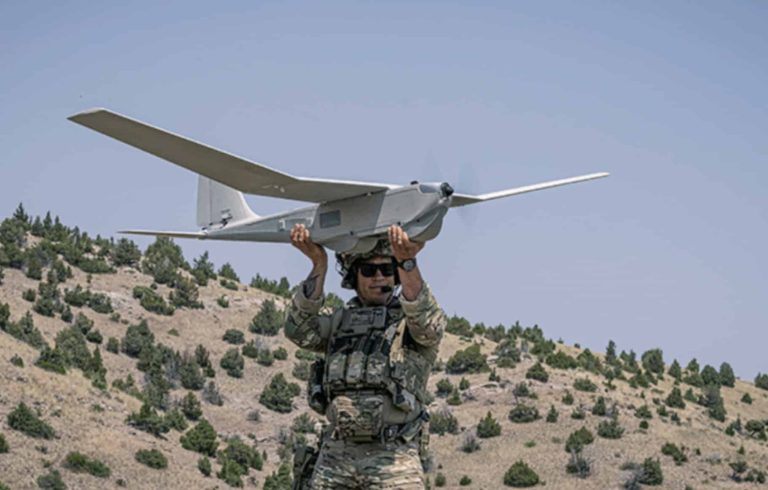Oklahoma’s Emergency Response at Risk: The Impact of a Proposed Drone Ban
In Oklahoma, a contentious legislative proposal threatens to impede emergency management operations significantly. House Bill 3068, aimed at banning the use of certain foreign-made drones, particularly from China and Russia, could strip emergency managers across the state, including those in Pottawatomie County, of a vital resource.
“We wouldn’t be able to afford American-made drones. There’s no way. We would have to ground what we have. They would become paperweights at that point, and our program would be non-existent,” said Chad Larman, the Pottawatomie County Emergency Management director.
This bill, authored by State Representative Chris Banning, arises from national security concerns cited by the FBI regarding Chinese drones. However, the local impact of such a ban could be profound, especially for agencies that rely heavily on these cost-effective tools.
READ MORE: DJI’S FIRM STANCE AGAINST FBI AND CISA SECURITY ALLEGATIONS
The Local Perspective and the National Security Concern
The Pottawatomie County Emergency Management team exemplifies the dilemma faced by many local agencies. Their drones, essential for various operations, are manufactured in China.
Larman highlights the financial impracticality of switching to American-made drones, stating that such a move would essentially ground their current fleet, rendering their drone program non-existent.
Larman underscores the importance of drones in conducting efficient searches and enhancing public safety. These tools enable emergency personnel to swiftly locate suspects or victims, a capability that is vital in time-sensitive situations.
“Being able to have that eye in the sky and being able to search a grid search really quickly to look for that suspect, to get them in handcuffs, to get them in custody is very, very crucial to public safety,” said Larman.
However, the proposed bill is rooted in a different set of priorities. State Rep. Banning’s legislation is a response to the FBI’s warnings about the potential national security risks posed by Chinese drones. The bill’s intention is to safeguard Oklahoma from vulnerabilities that might arise from using foreign-manufactured drones.
Potential Compromises and the Path Forward
Despite acknowledging the national security concerns, Larman reportedly suggested that there are alternative solutions. One such compromise could be the use of American-made software with foreign-made drones, ensuring security without entirely discarding the current drone infrastructure.
The bill, if passed, provides agencies until 2027 to transition to a different system. This timeline indicates an understanding of the need for a gradual shift, yet it puts pressure on agencies to find feasible alternatives that match their operational needs and financial constraints.

Balancing Safety and Practicality when it comes to Foreign Drones
The debate around House Bill 3068 in Oklahoma encapsulates a larger issue: balancing national security concerns with practical, local needs. While the intent to protect state and national interests is clear, the implications for emergency management teams cannot be overlooked.
As lawmakers consider this bill, understanding these drones’ crucial role in local emergency responses is essential. The hope is that a middle ground can be found, one that secures the nation without handicapping vital emergency services.
Many people will be closely monitoring this bill’s outcomes as it makes its way through the legislative process, underscoring the delicate balance between security and service in the modern era.





















+ There are no comments
Add yours